We build and connect safety and security technologies
Our ecosystem supports the collaboration needed between public safety and enterprises to help protect people, property and places. Because people and technology are stronger when united.
Technologies designed to work together to help strengthen safety, everywhere
Voice, video and data are unified, so information flows, operations run and collaboration improves. Individually, our products help make the world safer. United, they’re exponentially more powerful.
Critical Communications
We make critical communications devices and networks that perform in the harshest conditions and are proven to help you stay connected and communicate with clarity.
Learn moreCommand Centre
We unify voice, video and data feeds into the command centre, connecting the dots to simplify workflows and help provide the overarching perspective to make decisions with greater focus, accuracy and speed.
Learn moreVideo Security
We design video security systems powered by responsibly built AI that can alert you when action is needed, focusing human attention to cover more ground and act with more certainty.
Learn more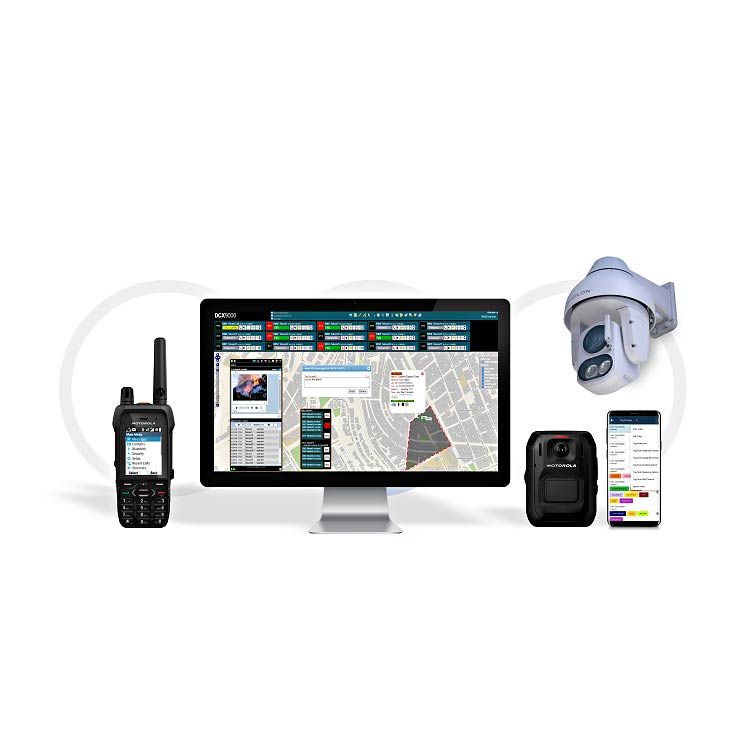
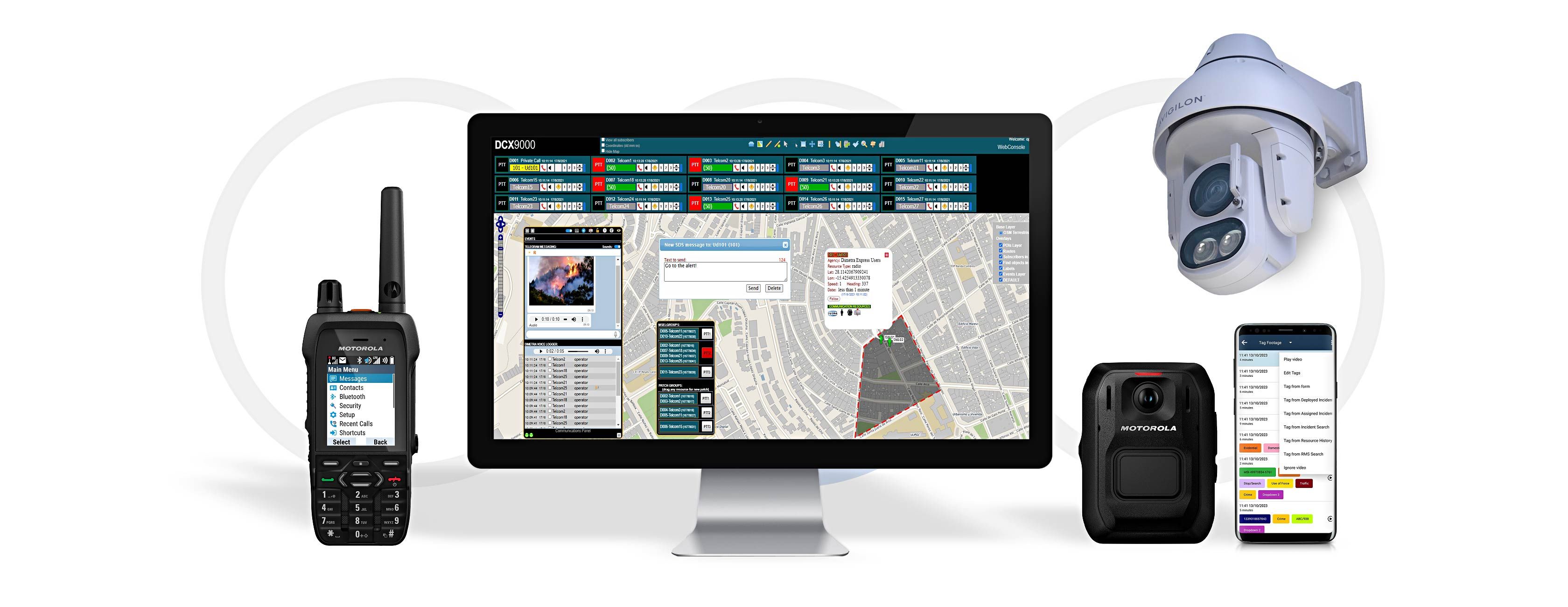
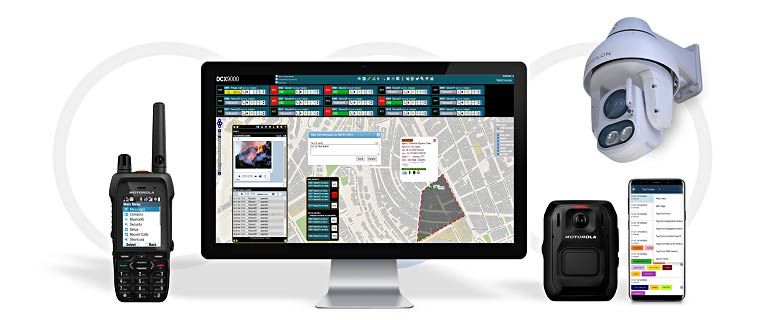
Explore our ecosystem by use case

Banned ex-employee on-premises
When an armed ex-employee shows up, how do you avert crisis?

Missing child at shopping centre
When a child goes missing at a shopping centre, how do you find them?
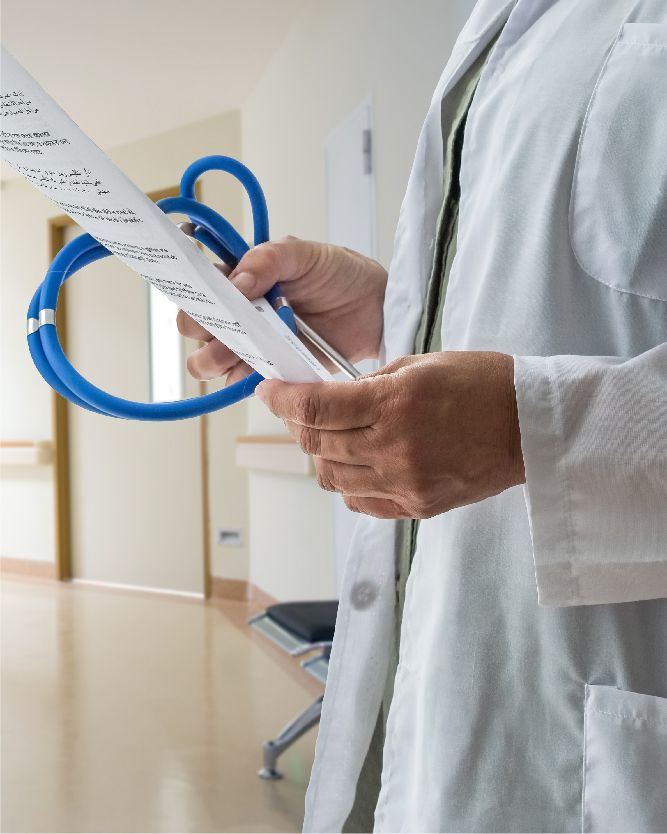

Driver involved in HazMat incident
When a hazmat traffic incident threatens safety. How do you react?
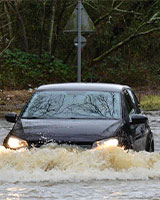



Explore our ecosystem by industry
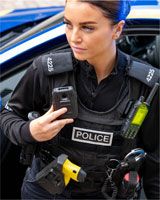
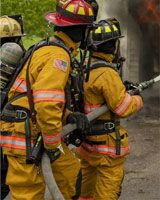
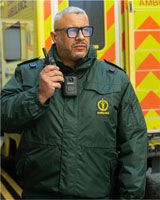


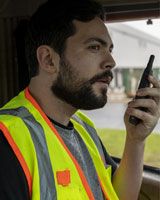









Customer success stories
Discover how customers are tapping into our technology ecosystem to stay safer.
Innovation with intent
Our solutions are different, not only because of the research and innovation we pour into them, but because of the foundation of purpose and foresight that inspires and fuels their creation.

Responsible AI
Our AI solutions seamlessly integrate into your workflows, automating routine tasks and augmenting human decision-making to help you achieve more.

Secure cloud computing
Streamline workflows and maximise the value of your hybrid system by adopting cloud capabilities at your own pace, while maintaining optimal system performance.

Human-centered design
We prioritise your needs and experiences by crafting safety solutions specifically designed around the human experience — from ideation to implementation.



World's Best
Companies
TIME 2025
World's Most Trustworthy Companies
Newsweek 2025
Red Dot Design
Award
Red Dot Design 2025
Best Workplaces for Innovators
Fast Company 2025